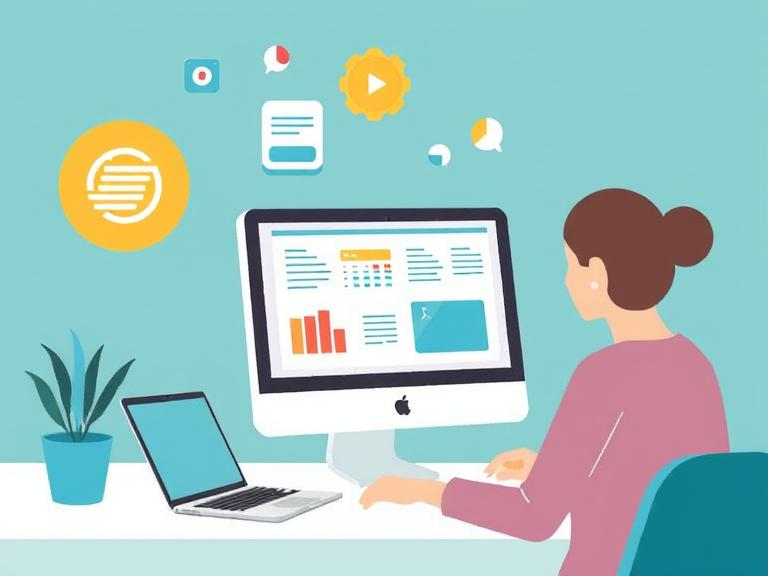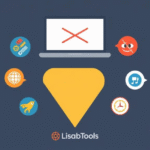Blended learning, also known as hybrid learning, merges the best aspects of traditional in-person education with modern online tools. This approach is especially popular in universities, corporate training, and even K–12 schools adapting to digital transformation.
What Makes Blended Learning Effective?
- Flexibility: Students can access content anytime while still benefiting from face-to-face interaction.
- Deeper Learning: Repetition of key concepts through both digital and in-person formats improves retention.
- Personalization: Online tools allow instructors to track progress and tailor lessons accordingly.
Typical Blended Learning Models:
- Flipped Classroom: Students learn theory online at home, then apply knowledge in class through projects or discussions.
- Rotation Model: Learners switch between self-paced online modules and live sessions on a schedule.
- Enriched Virtual Model: Mostly online, but with occasional in-person workshops or mentoring.
Tools to Support Blended Learning:
- Learning Management Systems (LMS) like Moodle or Canvas
- Video conferencing apps (Zoom, Google Meet)
- Collaboration tools (Padlet, Miro, Google Docs)
- Assessment platforms (Kahoot, Quizizz, Edpuzzle)
Blended learning empowers educators to adapt to diverse learning styles while fostering both independence and collaboration. It’s a future-proof strategy that embraces the strengths of both worlds.






